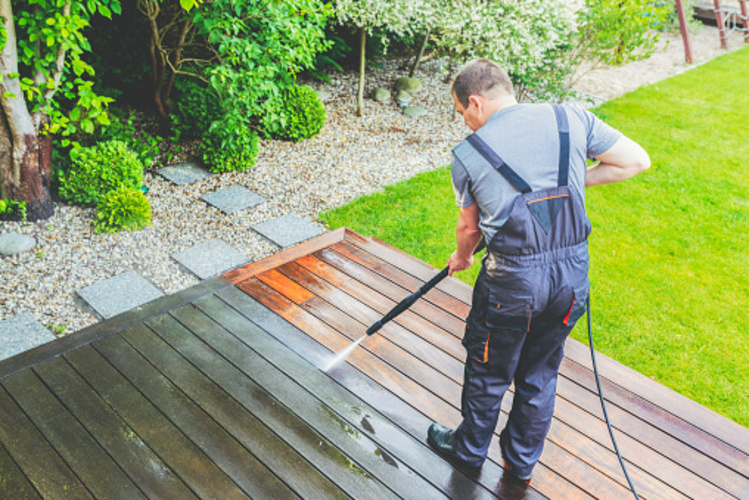Cleaning businesses commonly own pressure washers. The tools can be used for a variety of cleaning tasks, including cleaning exterior siding and delicate interior tile work. Due to this, pressure washers tend to wear out over time. It is possible for your pressure washer to suffer serious damage if you fail to maintain it properly and don’t put much effort.
But you don’t need to be a complicated person to maintain a pressure washer. When you keep your pressure washer on top priority, you must ensure to keep it running smoothly with minimal effort. Our article will examine three best things which you can apply to ensure your pressure washer lasts as long as possible.
After using, flush the pump
Pressure washers operate on a mechanical-level using simple systems. A nearby source supplies the washer with fresh water. An attachment point on the back of the pressure washers is given, which accepts a garden hose or maybe the same water line. The main pump increases the pressure washer’s pressure as the water enters into the pressure washer.
It is the same as fitting your pressure washer with the right tip for the job and letting the water flow out. The pump and motor powering a pressure washer are the most important parts. Pressure washers are also prone to damage due to their pumps.
High pressures within the pump can sometimes cause damage. The most common reason for pump damage is corrosion caused by prolonged exposure to water. This occurs when water is left within the pump right after a job is complete. Whenever you use your pump, make sure to flush it out afterward to prevent rust from forming.
Pump lube/antifreeze is required to flush out the pump. Connect the hose (which is built-in) to the inlet port and keep pressing the trigger till white foam flows from pressure hose port. A protective coating of lubricants or antifreeze covers the inside of the pump after all of the water has been thrown or taken out.
Ensure that deteriorated O-rings are replaced on regular basis
Pressure washers are most commonly damaged by pump failures – but it isn’t the single one left. All of your washer’s internal components are extremely stressed by the intense pressures it generates. Upon breaking down under these pressure values, certain components begin to leak.
The spray gun attachment areas available on the hose and the water inlet port of your pressure washer contains dozens of O-rings that ensure a watertight seal. Rubber ring(s) can withstand a great deal of abuse, but eventually, as a result, they become chipped, or flattened. Also, in other cases, they can be incapable of channeling water.
Your washer may struggle to generate the desired pressure level as leaks worsen. O-rings can be prevented from leaking by inspecting them for damage regularly and must be replaced if deemed necessary.
Stabilizing Fuel
There are two pressure washers based on their power sourcesi.e. gasoline and electric. In comparison with electric pressure washers, gasoline pressure washer products are more mobile. However, gasoline washers are more difficult to maintain, requiring additional attention.
You must add a stabilizer to your gas tank if you plan to keep your washer unused for longer than usual i.e. a month or more. If not, the gasoline can degrade, causing deposits, which can clog your motors and cause it to overheat.





